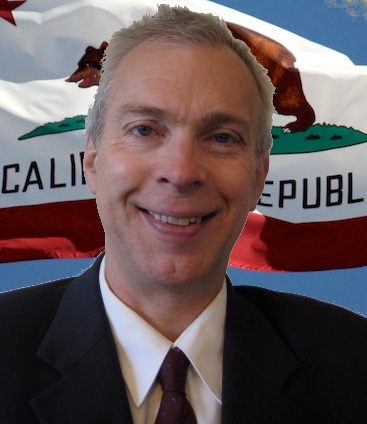For the U.S. Green Party's climate change mitigation measures to be achievable, the Green Party Eco Action Committee's "First 100 Days: Energy and Environmental Policy" must include the imperative in the public policy to stabilize global CO2 levels at 350 PPM. Rajendra Pachauri, the head of the UN's Nobel-winning panel of climate scientists on July 4, 2008 said only seven years remained for stabilizing emissions of global-warming gases at a level widely considered safe. Shifting to a 100% renewable energy (net-zero energy) economy looms and must now be realized within six and one-half years.
----
from: Obama's climate goals lack ambition, says IPCC chief
"President-elect Obama's goal of reducing emissions to 1990 levels by 2020 falls short of the response needed by world leaders to meet the challenge of reducing emissions to levels that will actually spare us the worst effects of climate change," said Dr. Rajendra Pachauri, chairman of the Intergovernmental Panel on Climate Change (IPCC), at a Worldwatch Institute event.
In a new study on the state of the world in 2009, the institute argues that global CO2 emissions must be reduced to negative figures by 2050 to avoid a looming climate catastrophe.
----
from: Hansen says Obama has four years to curb emissions
Following his recent letter to the president-elect calling for the introduction of a carbon tax, leading climate change scientist Jim Hansen warned that "Obama" had "only four years left " to halt catastrophic levels of climate change.Dr. Hansen reiterated his view that cap-and-trade schemes, such as that proposed by Obama, would not deliver effective cuts in emissions and called on him to re-consider the adoption of a carbon tax. He also called for a moratorium on all coal-fired power stations.
----
from: Coal Reserves May Not be as Abundant as Previously Thought
"Many climate scientists now say that global CO2 levels should stabilize at 350 PPM to avoid the worst consequences of climate change. Current levels are now around 380 PPM.
Phasing it out vs. using it up
Even if there is far less coal than previously thought, it's foolhardy to think we could just "use it up" and everything will be alright. Pushker Kharecha, a scientist at NASA's Goddard Institute for Space Studies sums it up well: "Coal emissions really need to be phased out proactively--we can't just wait for them to run out--by the year 2030. There is more than enough coal to keep CO2 well above 350 ppm well beyond this century."
EIA report shows decline in coal production
The annual long-term forecast recently issued from the Energy Information Agency projects 46 gigawatts of coal-generated power by 2030, down from 104 gigawatts from last year's forecast. This year utility companies have cancelled construction on 13 coal-fired plants.
Certainly coal will remain a dominant player for power generation for years to come, but with rising concern about global warming and anticipation of federal emissions targets spurred by president-elect Obama's call for an 80% reduction in emissions over 1990 levels by 2050, it won't much matter if Rutledge's numbers are right or not. Any way you look at it, burning coal is an unsustainable energy policy."
----from: The Open Atmospheric Science Journal Volume 2 (2008)
ISSN: 1874-282
| Target Atmospheric CO2: Where Should Humanity Aim? | ||||||
| pp.217-231 (15) Authors: James Hansen, Makiko Sato, Pushker Kharecha, David Beerling, Robert Berner, Valerie Masson-Delmotte, Mark Pagani, Maureen Raymo, Dana L. Royer, James C. Zachos | ||||||
| doi: 10.2174/1874282300802010217 | ||||||
| ||||||
While they (the authors) note the task of moving toward an era beyond fossil fuels is Herculean, the authors conclude that it is feasible when compared with the efforts that went into World War II and that "the greatest danger is continued ignorance and denial, which could make tragic consequences unavoidable."
"There is a bright side to this conclusion" said lead author James Hansen of Columbia University, "Following a path that leads to a lower CO2 amount, we can alleviate a number of problems that had begun to seem inevitable, such as increased storm intensities, expanded desertification, loss of coral reefs, and loss of mountain glaciers that supply fresh water to hundreds of millions of people."





